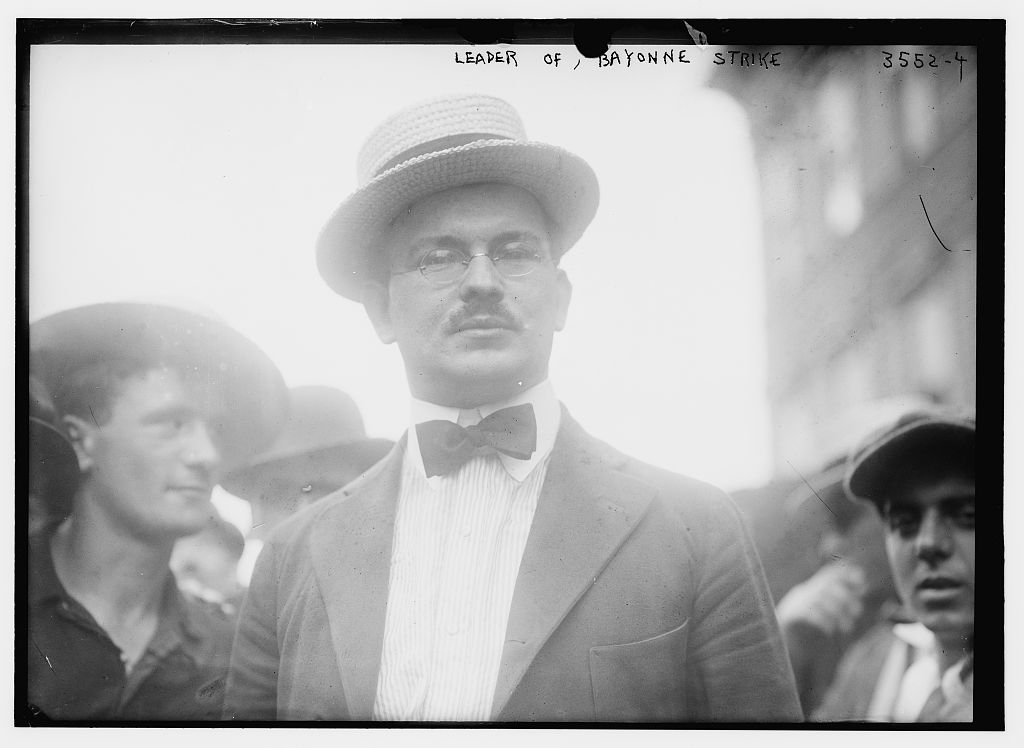8. Sociological Theories of Crime
8.6 Labelling Theory
Dr. Sean Ashley
Labelling theory offers another approach to studying crime and deviance. The roots of this theory can be found in the work of George Herbert Mead (1934/2015), who pioneered a new way of studying social reality known as symbolic interactionism. Mead explains that we construct our social world and our sense of self through the symbols we exchange—language being the most significant form of symbolic communication. Mead did not write about crime, though his student Herbert Blumer (who coined the term “symbolic interactionism”) produced one of the earliest studies concerning the influence of movies on delinquent and criminal behaviour (Blumer & Hauser, 1933).
Mead’s approach to studying social life set the stage for new ways of thinking about crime and deviance. One approach, which came to be known as labelling theory, was formulated by the sociologist Howard Becker. Rather than looking at the qualities or circumstances that make a person turn bad, Becker (1963) asks how this definition of bad behaviour was originally constructed. As he explains in his book The Outsiders, “social groups create deviance by making the rules whose infraction constitutes deviance, and by applying those rules to particular people and labeling them as outsiders” (p. 6).
In an earlier formulation of labelling theory, Frank Tannenbaum (1938) refers to the process wherein a stigmatising label may lead a person to start seeing themselves as a criminal. This occurs through “a process of tagging, defining, identifying, segregating, describing, emphasizing, making conscious and self-conscious” the criminal traits in question (Tannenbaum, 1938, p. 19-20). He calls this process the dramatisation of evil. In this drama, the specialised treatment a young person is given by the police and courts is instrumental in leading them to see themselves as a criminal.

Grekul and LaBoucane-Benson (2008) explain this dynamic with regard to the formation of gangs comprised of Indigenous youth in the Prairie provinces:
Aboriginals deal with two powerful labels: Aboriginal first, and through stereotyping, gang member. A broader historical context marred by colonialism, discriminatory government practices, and residential schools contributes to a situation where labels stigmatise and propel the labelled further into a life of deviance; the labels can in effect produce further deviant and criminal behaviour. One ex-gang member recalls the police calling his group of friends a gang, so they “began to act that way” and identify as a gang. (p. 71-72)
Labelling theory focuses on how criminality is created and how people come to be defined and understood as criminals through symbolic exchanges. It is a micro-level theory but is nevertheless concerned with the social (rather than individual) dimension of crime and deviance. In this regard, it shares a great deal with Durkheim, who saw crime as an integral part of society. In this view, crime can never be completely eliminated from society as it plays a role in defining the boundaries of a social group. Critics charge that this approach can lead to a morally relativistic view of crime where there is no essential reason why one act should be considered criminal and another not. Durkheim reminds us, however, that even if laws differ from society to society, human beings require social regulation if they are to remain at peace in the world.
Media Attributions
- Frank Tannenbaum © Library of Congress Prints and Photographs Division is licensed under a Public Domain license
A micro-level theory which studies the way social reality is constructed through communication (language and symbols).
The process through which a person is labeled as a criminal, particularly as they move through the justice system.
The idea that different societies hold different ideas about what is moral or ethical.

